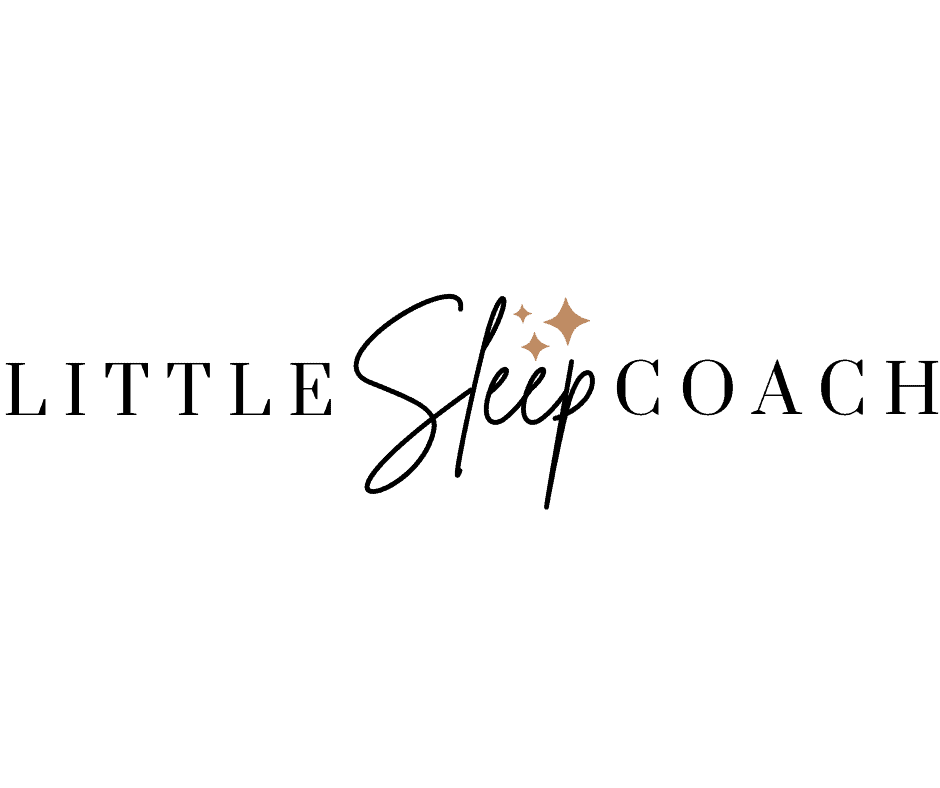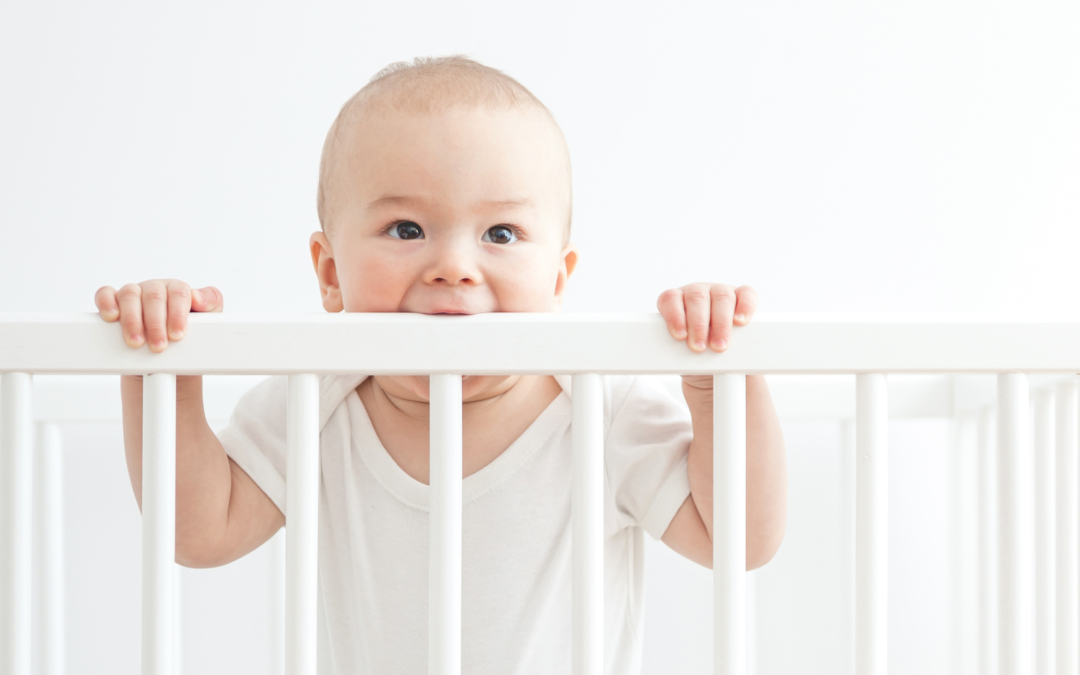When To Transition Your Baby To A Crib?
It is recommended to room share for at least the first six months to help reduce the risk of SIDS. Many parents decide to transition their babies to their own bedrooms sooner than that, solely based on the fact that babies are so loud and wriggly when they sleep! While other parents keep their babies in their room with them for longer.It is a personal decision for each family, there’s no one size fits all.
In our home we found that we woke our daughter up as much as she woke us up. Either by coming to bed for the night, or going to the bathroom or by someone (my husband) snoring. Every little noise or movement she made had me jumping up to check on her. We switched her to her own room with a good monitoring system. I was so worried about SIDS so I did not sleep well when we transitioned her to a crib. If you are similar, having an extra bed in their room gives you the option to have someone sleep with them and lets the other parent catch up on some zzzz.
So how long can babies sleep in a bassinet?
The main factors to pay attention to are your bassinet’s size and weight limit and your baby’s physical abilities—particularly whether they can roll, push up on their hands or knees, or sit up.
Most babies start to outgrow weight and height limits of their bassinet between 4 and 6 months. Your baby may hit developmental milestones sooner than the weight or height limit and need to be transitioned out as possible as it’s no longer safe for them to sleep in it.
Remember your baby will grow fast, so if you haven’t decided on a crib just yet, now is a good time to start.
These 7 tips below will help make the transition smooth.
Create A Safe Sleep Space:
Following safe sleep guidelines will help you and your baby sleep well and they include:
- A crib area that is free from all toys, bumpers, positioner, loungers, pillows, and stuffed animals.
- Use a swaddle (until signs of rolling) and then a sleep sack instead of a blanket.
- A firm mattress with a tight fitting sheet.
- Place your baby on her back to sleep for at least the first year of life.
Create a Sleep Promoting Environment
It’s important to create an optimal sleep environment in your baby’s nursery. Create a cozy and soothing environment for them that is conducive to sleeping and includes:
- Make the room pitch black by using blackout curtains. I describe this dark as ‘cave dark’. You shouldn’t be able to see your hand in front of your face when the lights are turned off. These are some of the best blackout curtains.
- No nightlights, or light projectors on the wall or ceiling.
- Good quality sound machine for white noise that runs continuously. (Babies are used to loud white noise from being in the womb).
- A cool temperature room (between 68- 72°F or 20-22°C). Your baby should be in one more layer than what you are comfortable sitting in the same room.
Swaddle Your Baby
Your baby has spent nine months in a tight noisy environment. Mimicking that environment can offer your baby comfort and help calm them in their sleep space. A swaddle offers that tight feeling of being in the womb. Swaddling can help keep your baby from waking themselves from the startle reflex and provides a nice, cozy environment.
If your baby is too big for the swaddle and still needs a tight but safe option to a swaddle consider a zipadee-zip. I do recommend trying to move to a sleep sack as eventually this will be the final transition before a blanket.
Make The New Room Comfortable For Your Baby.
Help your baby feel comfortable in their new room by spending time playing and exploring it before the transition. Place them in the crib and play peekaboo. Offer their favorite toys in the crib to play during playtime. Practice tummy time on the floor, change and feed your baby in the room. All of this will help your baby get more familiar with the sights and smells of the room and help her transition to the crib better.
Smell Like Mom
If your baby is used to falling asleep close to you then they are very familiar with the comfort of your smell. Having mom’s scent on items will help with the transition. Consider sleeping with the crib sheet, swaddle or even onesies for a few nights prior to the transition.
Have A Bedtime Routine
Having a well-established bedtime routine is a fantastic signal for your baby to know that sleep is coming. It is scientifically proven that bedtime routines are beneficial in helping babies fall asleep easier stay asleep longer week less frequently overnight.
Your bedtime routine can look like this
- Bath
- Diaper + pj’s
- Feed
- Sleep sack or swaddle
- Board books and nursery rhythm
- Snuggle and good night kiss with good night phrase.
The routine should be the same sequence of events every night and Mom, Dad or grandma should be able to complete it on their own.
Once you have your bedtime routine established, do the entire routine in the new room for a few days before you’re ready to make the transition. This will create happy memories of her nursery and help ease the transition.
Start With Nighttime
Sleep drive is greater at night than during the day. While naps may seem like a short time for your baby to start getting used to the new sleep space, often the protest is greater because sleep pressure isn’t as strong.
By the end of the day, babies are usually very tired and have a greater need for sleep. If your baby usually gets a good stretch at night, you can try the transition then.
Good luck transitioning your baby to their crib! Once your baby starts sleeping in their own room and through the night, you’ll feel like a whole new Mom!
Let’s get your baby sleeping!
Need more help with your baby’s sleep? Book a free 15-minute call to learn more about my sleep packages and how I can be your personal sleep coach and cheerleader to get your child sleeping great! Book your call here!

